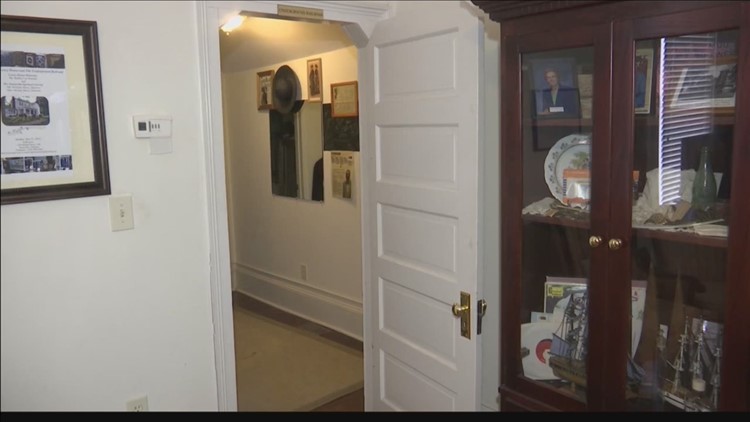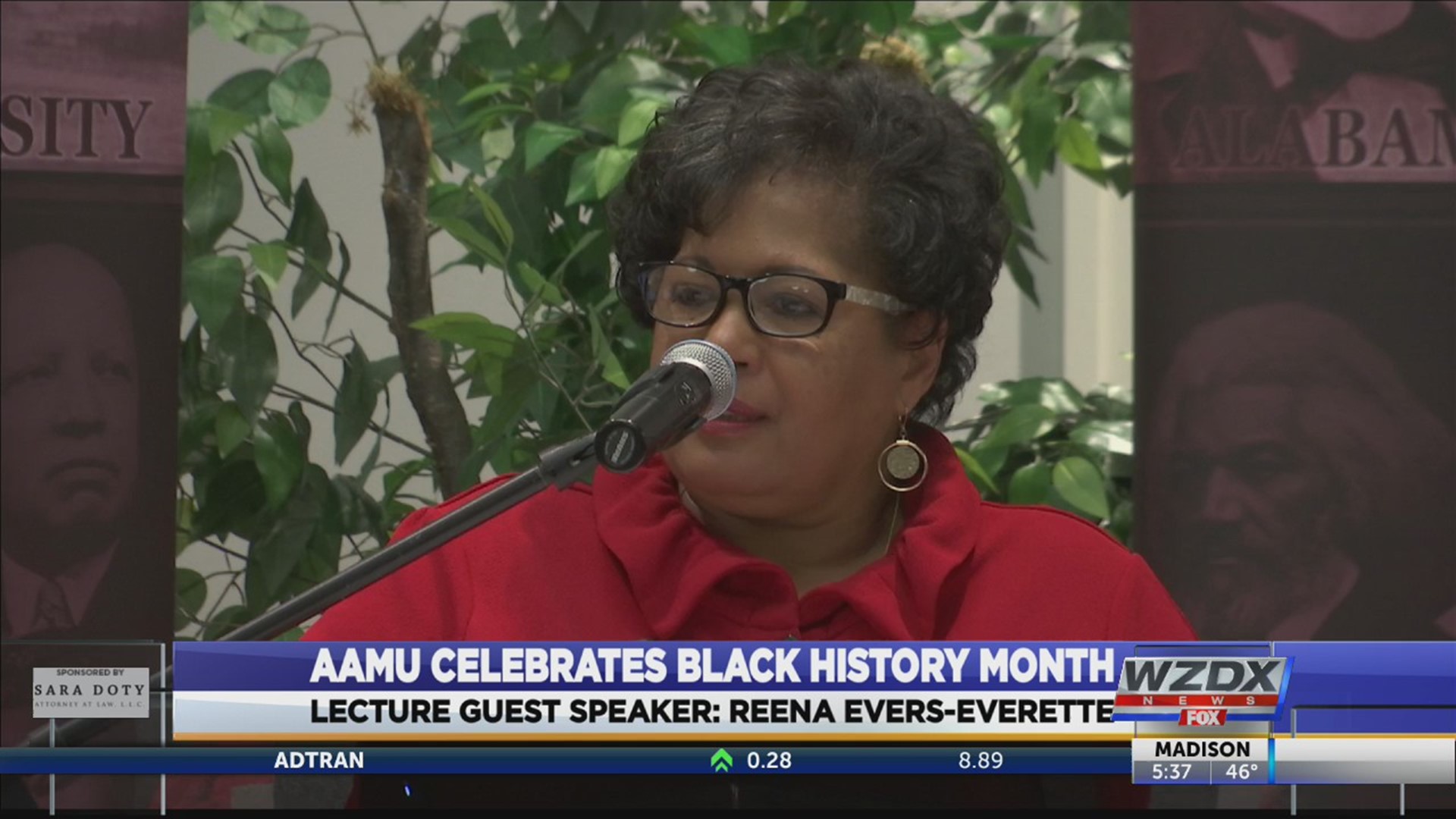The Lowry House is one of the oldest homes in Huntsville and is now used for weddings and special events.
The house, which is located in the Lincoln Mill area, is one of the only homes in the South with a specific Italian style of architecture.
But there’s much more to this historic house than meets the eye.
This 19th century home on Huntsville’s Kildare Street was built by John Tate Lowry around 1850. Lowry constructed this home with wood from the original cabin that was built by his grandfather in the early 1800’s.
The home is now owned by Jane and Louie Tippett, who bought it in 1998 and renovated it.
Mrs. Tippett gives public tours of the home, dressed as Elizabeth Tate, John Lowry’s mother. “All the doors, all the windows that are still here, all the handwork and the stairwell, everything is original to the house.”
Lowry was a wealthy farmer and businessman. He owned many slaves that worked on this plantation. It was during the 1860’s that Lowry went against societal norms and became an abolitionist. Mrs. Tippett says, “He saw that there was a need to help his fellow man.”
Lowry allowed his home to become part of the Underground Railroad to help slaves escape. He had a secret room upstairs which was off of his bedroom and that’s where they were hidden.
He was very methodical when he reconstructed this house. He purposely made the stairs out of chestnut and oak. At more than 100 years old, they do not squeak when you walk on them.
Bob Hayden, Lowry House Historian, shares this history. “They build the staircase where they could bring slaves in and out at any time. If they had guests, the guests couldn’t hear. In those two rooms there, couldn’t hear the slaves being transported up and down the staircase. Once the slaves made it quietly up the stairs, they would walk through the master bedroom and then hide inside this 24 by 24 room, more than 100 of them confined, not making a sound.”
Lowry helped slaves who were using the Underground Railroad, communicate with each other, by using a secret code language.
Hayden and Tippett explain, “Reading and writing was forbidden for slaves, to be able to do, so they had to have some way of communications. They would hang quilts which contained signals and that would tell when and how to go, who to speak to, that type of thing.”
Underground Railroad code was also used in the way the slaves dressed. Hayden says, “If she wore a red scarf tied to the front, it meant, ‘Danger, don’t talk to me.’ If she wore a yellow scarf tied to the back, ‘Caution, you may speak to me if it’s clear.’ If she wore a white scarf tied to the front, that meant, ‘You can talk to me freely.’”
And while washing clothes and laboring in the field the slaves were planning their escape. “If the trousers were hung with the legs up in the air that means, ‘Prepare to run.’ If they were hung with the trousers leg hanging down by the waist, ‘Stand fast, don’t run, it’s dangerous.’”
Historian Bob Hayden gives tours of the historic Lowry House. He grew up just blocks away from it, but never knew what the inside looked like. He says, “I couldn’t come because of the racial policy.”
Then one day his friend Louie Tippett told him he bought the home. Hayden was thrilled. “It’s one of the greatest things in my life, to be able to show my daughter and granddaughter where our civil rights started. That our friends are the people that restored it and saved it for historical value for future generations they didn’t knock it down, they saved it.”
Hayden says his life has come full circle to be able to share accounts of the Underground Railroad with people who visit the historic Lowry House.
The Tippetts spent a million dollars to renovate the home and it’s now on Alabama’s Historic Registry.



